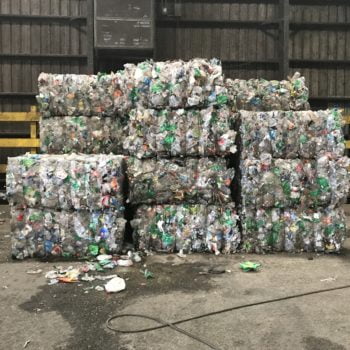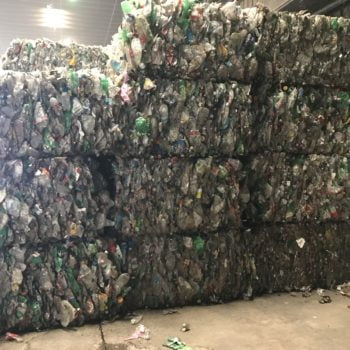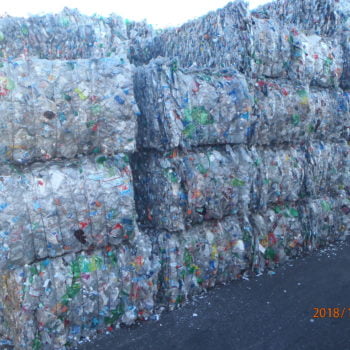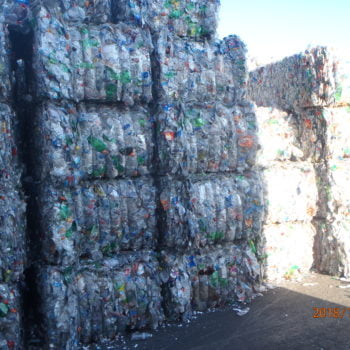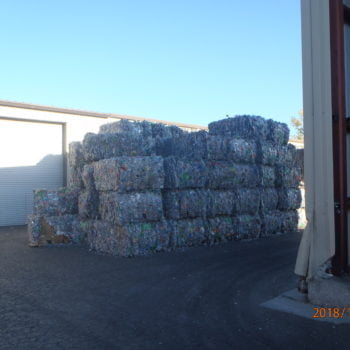PET or PETE – Recycling Number 1 Plastic: What You Need to Know
Plastic is one of the most widely used materials in the world, and it’s no secret that it’s also one of the most problematic. Plastic waste is causing significant environmental damage, and we need to find ways to reduce its impact. One way to do this is by recycling, PET or PETE (Polyethylene Terephthalate) – Recycling Number 1 Plastic is an excellent place to start. In this article, we will explore what PET or PETE plastic is, the recycling symbol for the number 1 plastic, the process of recycling PET or PETE 1 plastic, examples of PET 1 products, and the difference between PET and PETE plastics.
Quick Navigation
- What is PET or PETE 1 Plastic?
- Recycling Symbol for Number 1 Plastic
- Recycling #1 Plastic
- Examples of PET 1 Products
- PET vs PETE Plastic
- Conclusion
What is PET or PETE 1 Plastic?
PET or PETE 1 is a common type of plastic used for packaging. It is transparent, lightweight, strong, and has good barrier properties. PET is easily recyclable and is commonly used for beverage bottles and food containers. It is not recommended to reuse disposable PET drinking bottles.
Recycling Symbol for Number 1 Plastic

The recycling symbol for the number 1 plastic is a triangle with the number “1” inside. This symbol is often found on the bottom of plastic containers made from PET or PETE 1 plastic. The recycling symbol helps consumers identify the type of plastic used in the product and serves as a reminder to recycle.
Recycling #1 Plastic
Recycling PET or PETE 1 plastic is a straightforward process. First, the plastic is collected and sorted by type. The PET or PETE 1 plastic is then cleaned and crushed into small pieces, called “flakes.” These flakes are then melted and formed into pellets, which can be used to create new products. Recycling PET or PETE 1 plastic requires less energy and produces less greenhouse gas emissions than producing new plastic.
Examples of PET 1 Products
Some examples of PET 1 products include:
- Water bottles
- Soft drink bottles
- Salad dressing bottles
- Peanut butter jars
- Vegetable oil bottles
- Frozen food trays
PET vs PETE Plastic
While PET and PETE are often used interchangeably, there are some differences between the two. PET is a type of polyester, while PETE is a type of polyethylene. PET is more rigid and has a higher melting point than PETE, making it a better choice for products that require a higher level of durability, such as water bottles. PETE, on the other hand, is more flexible and is commonly used in packaging for food and other consumer products.
Conclusion
PET or PETE – Recycling Number 1 Plastic is one of the most commonly used and widely recycled plastics in the world. By recycling PET or PETE 1 plastic, we can reduce the amount of plastic waste in the environment and conserve natural resources. Understanding what PET or PETE 1 plastic is, the recycling symbol for number 1 plastic, and the process of recycling PET or PETE 1 plastic is essential for consumers who want to reduce their environmental impact. So, the next time you see the recycling symbol with the number 1, remember that it represents PET or PETE plastic, and make sure to recycle it properly.

